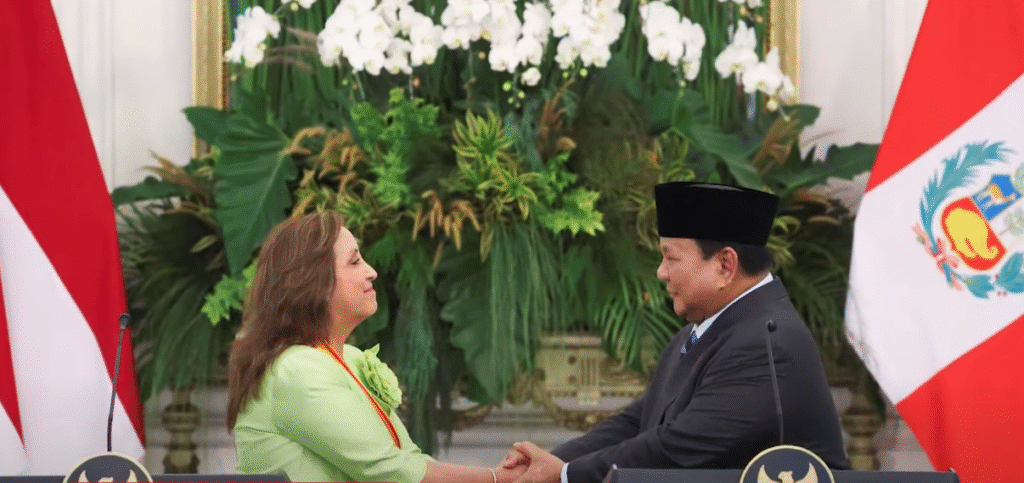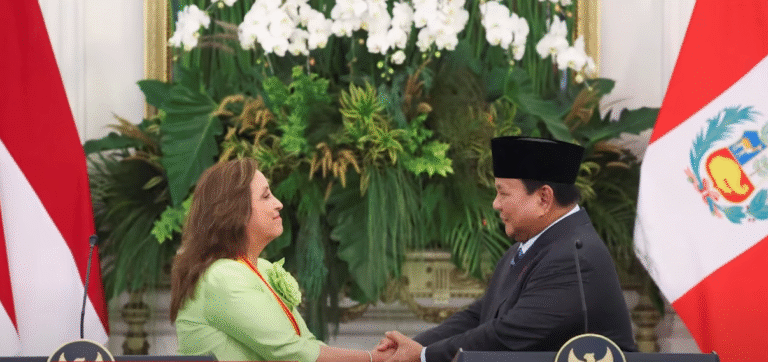
Indonesia Peru free trade deal
Indonesia and Peru have signed a pact that aims to reset their commercial ties for the better. The Indonesia–Peru free trade deal, concluded in Jakarta on August 11, promises wider market access, lower tariffs, and cooperation that stretches from agriculture to energy.
Formally called the Indonesia–Peru Comprehensive Economic Partnership Agreement (IP CEPA), the pact cuts or eliminates duties on hundreds of lines. For Indonesia, that means clearer pathways for motorbikes, cars and parts, footwear, biodiesel, and select palm-based products. For Peru, it opens doors for cocoa, grapes, sugar, rice—and, crucially, fresh blueberries and pomegranates that have strong export potential.
The impact of the Indonesia–Peru free trade deal
Officials on both sides frame the agreement as more than a tariff story. It also supports collaboration in fisheries, mining, energy transition, and even defense—areas likely to draw long-term investments and know how. Trade momentum is already healthy: bilateral flows reached about US$479 million in 2024, with average annual growth near 15% over the past four years. The CEPA is designed to lock in and accelerate that trend.
Peru’s President Dina Boluarte publicly thanked Indonesia for smoothing procedures that allow Peruvian blueberries to enter the Indonesian market, with pomegranates next in line. That access is a win for Peruvian growers and gives Indonesian consumers more choice in high quality fresh produce. Jakarta, for its part, sees the deal as a way to deepen ties with Latin America and diversify export destinations beyond traditional partners.
Implications for exporters and importers
Lower tariffs and simpler paperwork should help SMEs as much as large firms. Indonesian manufacturers gain a foothold in a Pacific market where demand for affordable, reliable vehicles and components is growing. Peruvian producers gain entry to Southeast Asia’s sizable consumer base, starting with Indonesia’s. The text also points to cooperation on standards and facilitation, which can reduce delays and logistics costs that often eat away margins.
Industry groups expect the Indonesia–Peru free trade deal to spur supply chain experimentation—think joint packing, cold chain upgrades for fruit, or component sourcing for automotive. As procedures standardize and trust builds, both sides can scale volumes without sacrificing quality. The final step is ratification in each country. Once that’s done, businesses, farmers, and consumers should start seeing the benefits move from paper to practice.




